How did you get into making art?
I was into making things and drawing since I was young, I was also really into sports, music and dancing. I started taking contemporary dance classes when I was around 7 years old and as a teenager I attended various fine art courses and I started going to museums. I was curious about all forms of artistic expression and eager to learn about them. I think there is a lot of factors that got me into making art, I could mention a bunch of things but honestly, I think it was through ‘feeling’ that I got into it, an emotion that connects me to something that makes me feel whole, that gives me a sense of purpose.
Vanessa da Silva
Grant winner Vanessa da Silva discusses how art can provide a sense of purpose, phases of transformation, sculpture as a tool to improve psychological wellbeing, & collaborations with local choreographers and dancers.



What are you currently working on?
In the last couple of months, I have been navigating around a few different things and working on a couple of projects. Since the lockdown due COVID-19 I have been spending my time rethinking some of these projects, exploring drawing and writing applications. I’m currently in São Paulo, my hometown, on a residency program at FAAP, since my arrival here in February I have been focused on the production of a new series of sculptures that is akin to my ongoing ‘Muamba’ series. The shape of each sculpture has something between the human body and nature in an abstract form, but it is not one thing or another – with this works I’m interested to explore ideas of a ‘in-between stage’ of things, a ‘body’ that is in movement or perhaps going through phases of transformation/ transmutation. The works are carved in polystyrene and laminate with fibreglass and acrylic paste, the choice of material is to keep the sculptures light, so people can interact with them. There is also something about pleasure that I’m interested to explore with these works, how the shapes can fit in different parts of the body, the soft lines, a sculpture that can produce a sense of relatedness perhaps, and since the isolation period I started thinking about how sculpture could be a tool to improve psychological wellbeing through this interaction. Since last month I also have been working on ‘Strange Fruit’- a new series of drawings. I see the connection of them with the sculptures, exploring ideas about an ‘alien nature’, something from a post-future, or another world. I plan to translate some of these into sculptures.
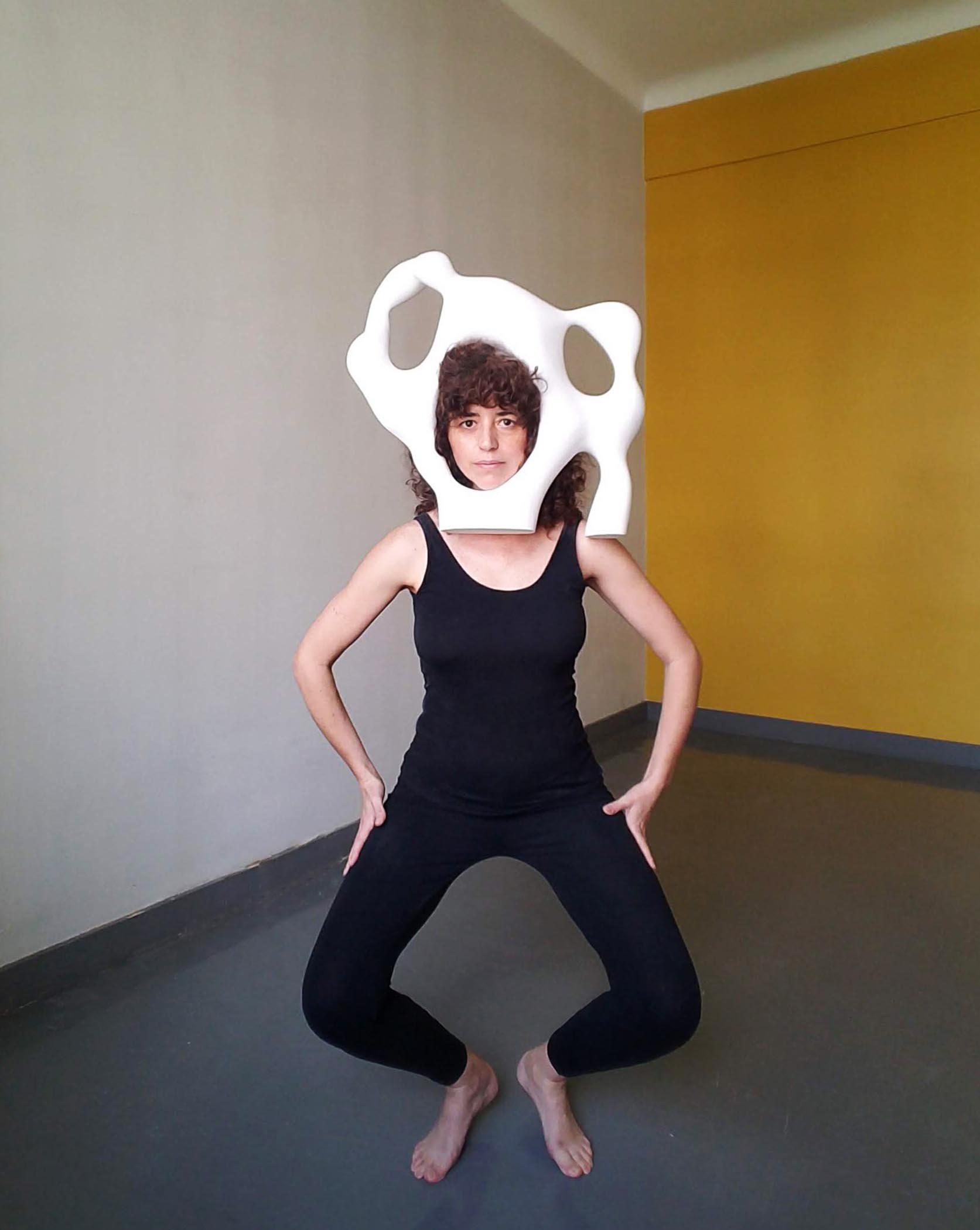
What inspired you to get started on this body of work?
I have been planning to work a new body of interactive sculptures and to further develop my ‘Muamba’ series since last year, so I got really excited with the prospect of producing these works back in my hometown. My body has a direct relation to my sculptures, and I know that it responds to environments and rhythms I live in, so it was appealing to continue the series here in São Paulo where I come from and where I feel my body ’tuned and connected’ in a special way. The project would unfold through collaborations with local choreographers and dancers, something that I was really enthusiastic about but with the current lockdown situation it doesn’t look like I will have the opportunity to do so for now.

Do you work on distinct projects or do you take a broader approach to your practice?
It really depends if I’m working on an exhibition or if I’m just exploring new ideas in the studio. As I work in various mediums I tend to give allocated time for each one, a real practical decision because if I’m working on the sculptures, which makes a lot a dust, it is not possible to be painting or working on textiles at the same time. Here in São Paulo as I had an allocated space in the wood workshop, I was working on the sculptures there and working on paintings and drawings in my studio. It was great to navigated between two different projects that were not fully connected. Since I have been bringing the sculptures back to the studio it has been interesting to view these works together and to think of the relationship between them.
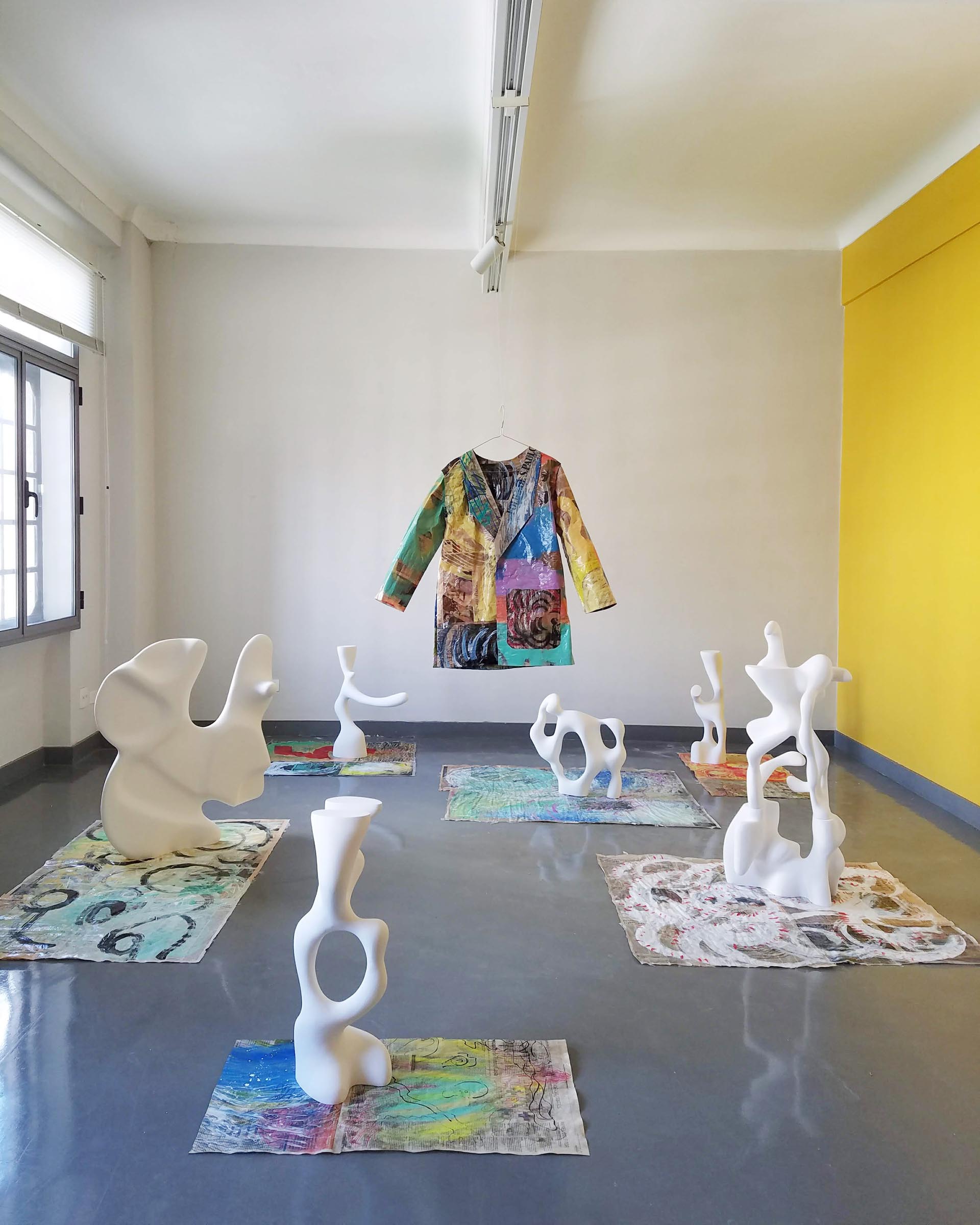
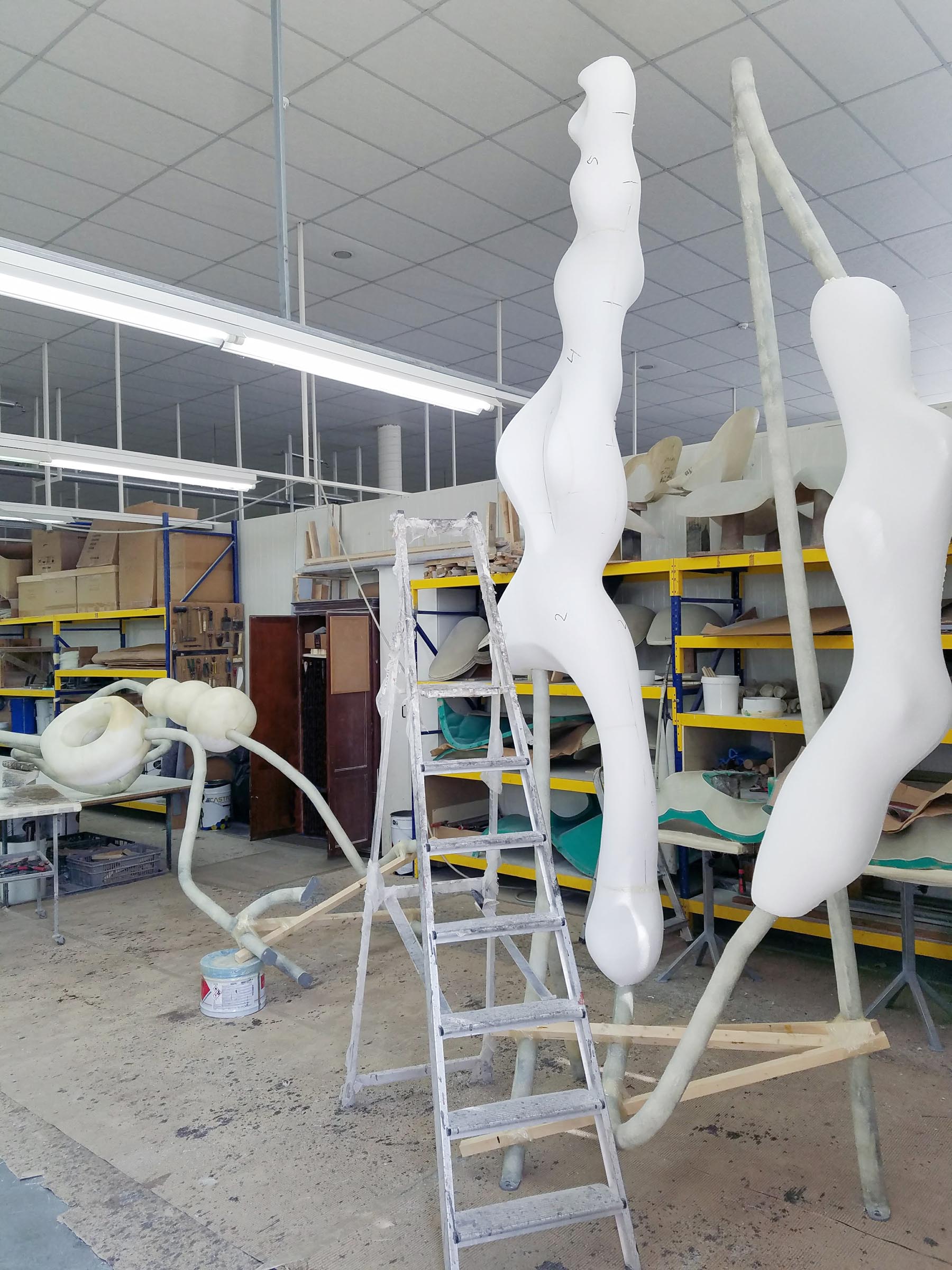
What’s a typical day like in your studio?
Usually my day starts with a nice walk through Victoria Park where I take a coffee on my way to the studio. I find these walks a great way to start the day as I collect my thoughts and clear my head before I enter the studio. I tend to use the mornings for writing, I also deal with admin tasks in the beginning of the day. If I’m working on the sculptures I divide the time, organizing materials and tools and setting up the space first. I always find very useful to have everything set up properly before I start the work so there is less space for disruptions. I tend to work long hours without taking breaks, producing the sculptures is very physical, and when I get into a good flow with it I end up not stopping until I run out of energy. As the work is very time consuming I try to make the most of each day. Sometimes I also take the morning to go to see exhibitions and arrive in the studio in the afternoon working till evening, I find important to have a break in the routine, a way to keep energy and ideas flowing more freely. Since the quarantine, which has been over 40 days now, I have been working and living in the same space. The work has been happening between domestic activities like cooking, talking to friends and family on the phone and self-care. Definitely I have been finding a new type of routine, I have been able to give more time for reading and space to slow down.
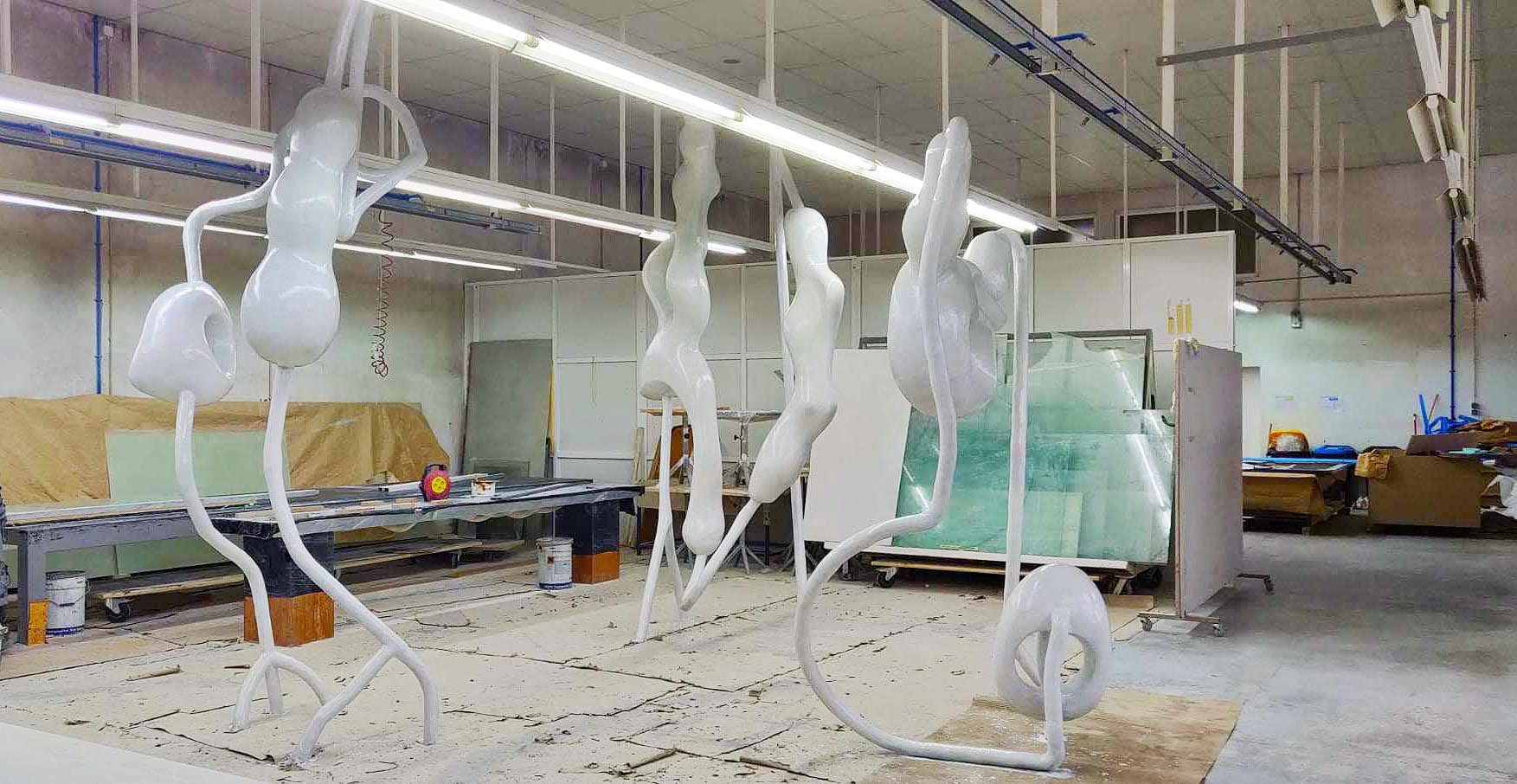
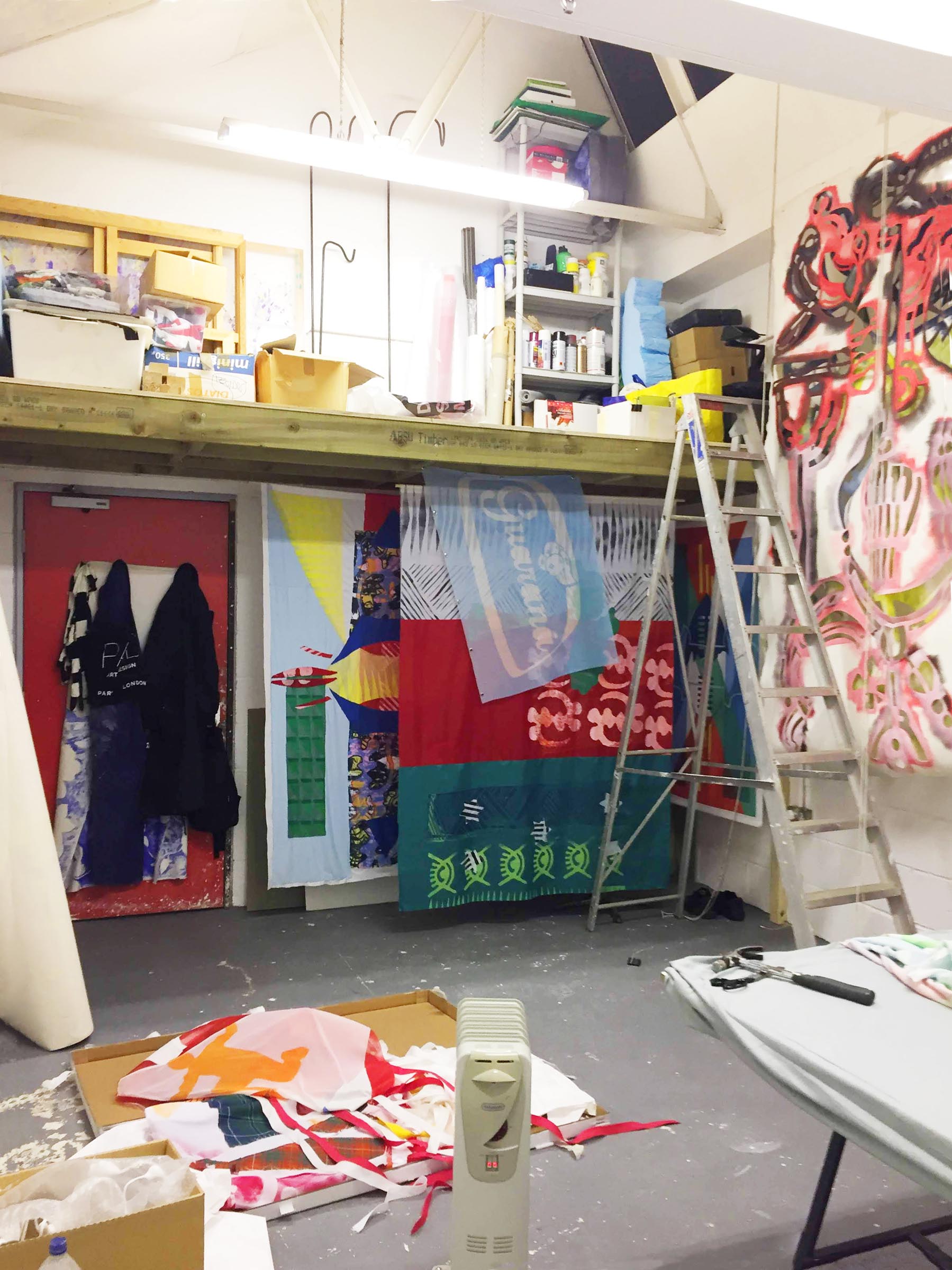
Who are your favorite artists?
Hélio Oiticica and his Parangolés works and texts about colour and space has always inspired me, Lygia Clark and her experiments about the collective body, Das Institute installations, Kelly Nipper’s time-based choreographed works, Rebecca Horn’s video performances, Franz West’s large-scale public sculptures, Avaf’s immersive spaces, Pia Camil’s textile installations and performances, Chris Ofili’s paintings, Maria Martins surrealist sculptures, Barbara Hepworth, Alexandre da Cunha, Erika Verzutti, the architecture of Lina Bo Bardi, Wendell Castle’s furniture, the writings of Clarice Lispector, Angela Davis, Octavia Butler, Ursula K. Le Guin and the music of Caetano Veloso to name a few…
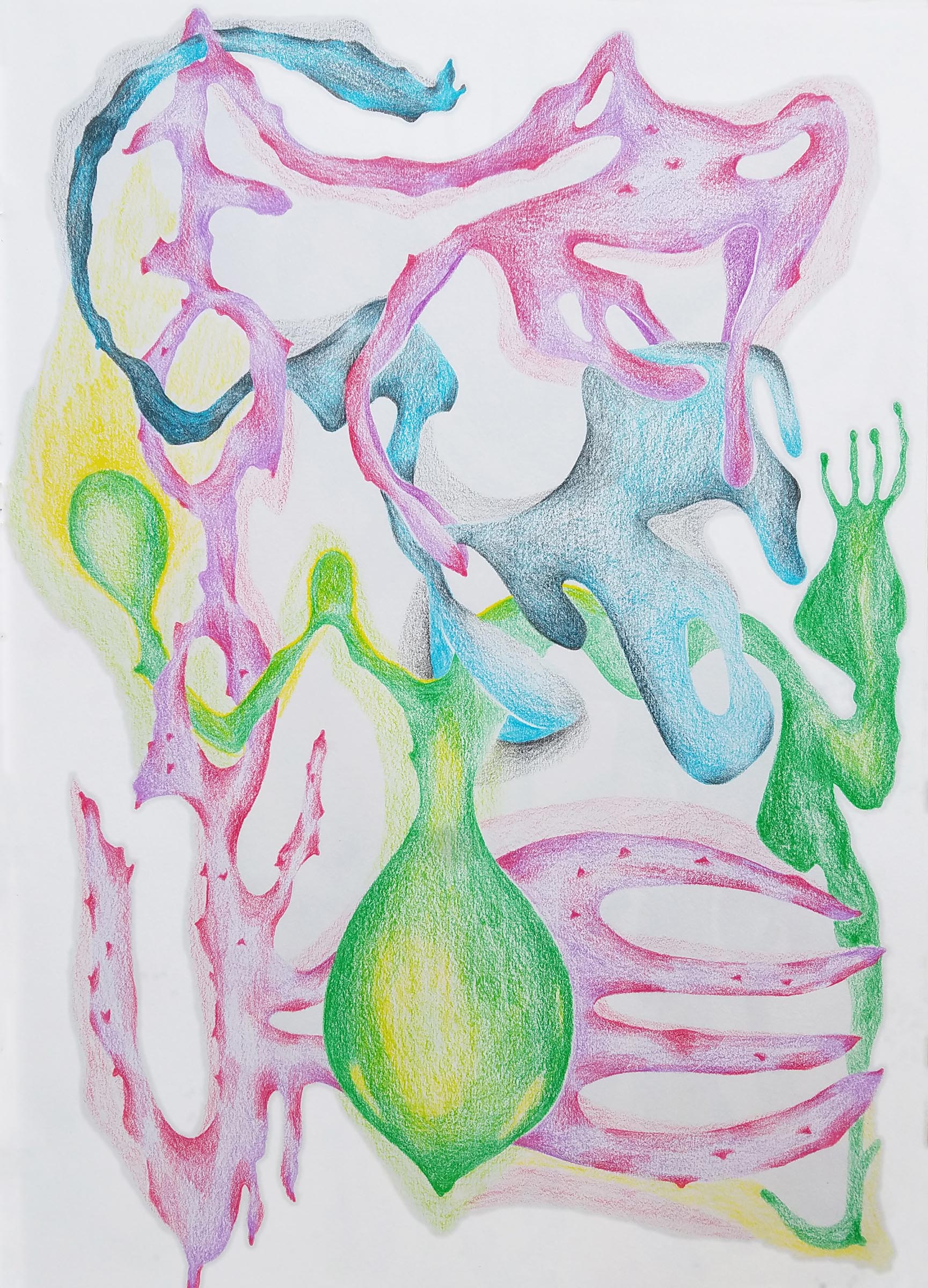
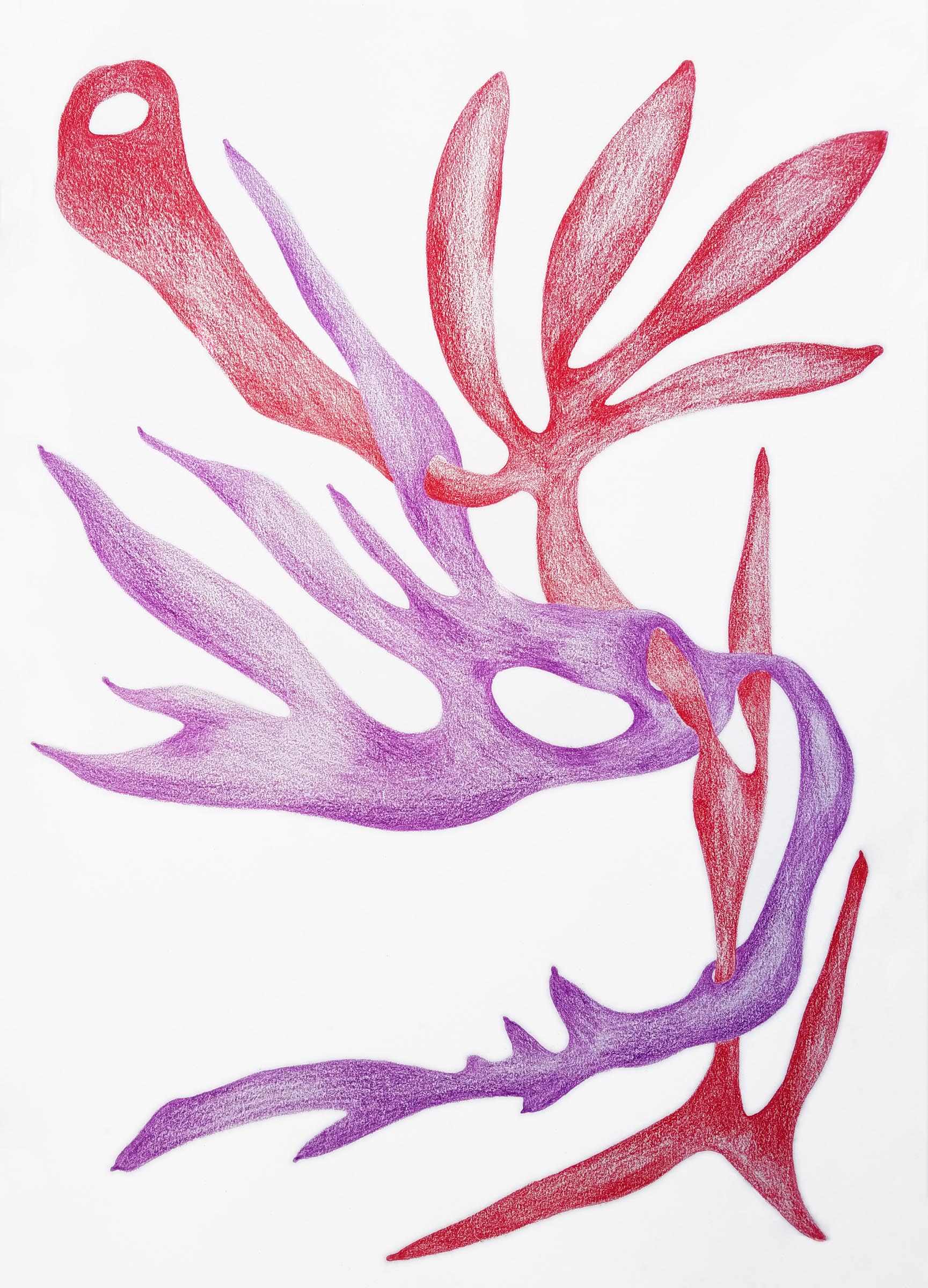
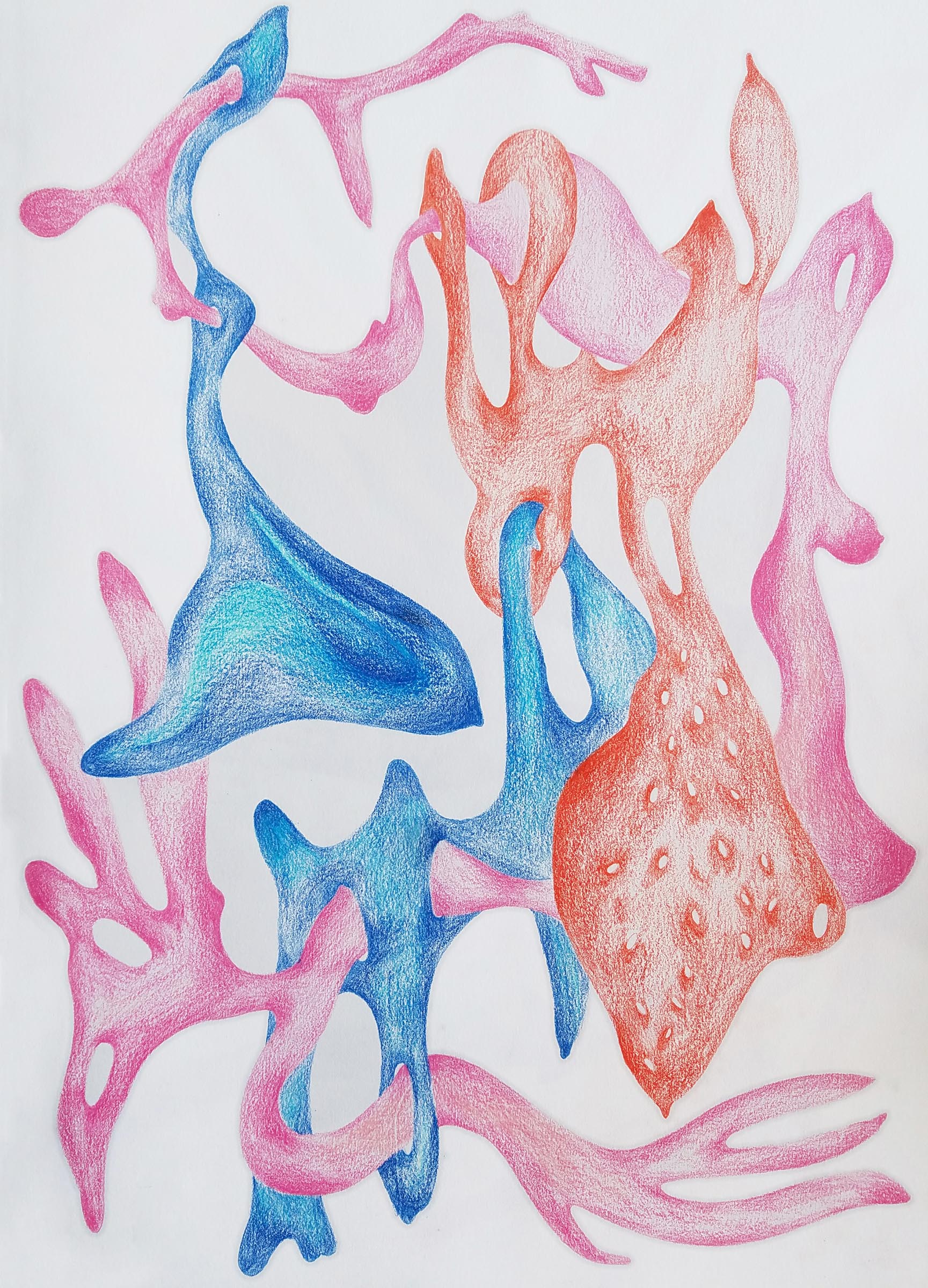
Where do you go to discover new artists?
Good part happens through being connected to the scene in London and in São Paulo. I’m always going to openings, performances and talks where I meet friends and get to know the work of new artists. Also, during the residency programs that I have participated I meet artists from different countries where a lot of exchange happens, and via online through websites like Mousse Magazine, AQNB, E-flux.
Vanessa da Silva is an artist based in London who recently received The Hopper Prize. To learn more about the artist:
- Vanessa da Silva‘s grant winning portfolio
- Visit Vanessa’s website at vanessadasilva.com
- Follow Vanessa on Instagram @vanessadasilvasilvasilva



























































